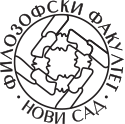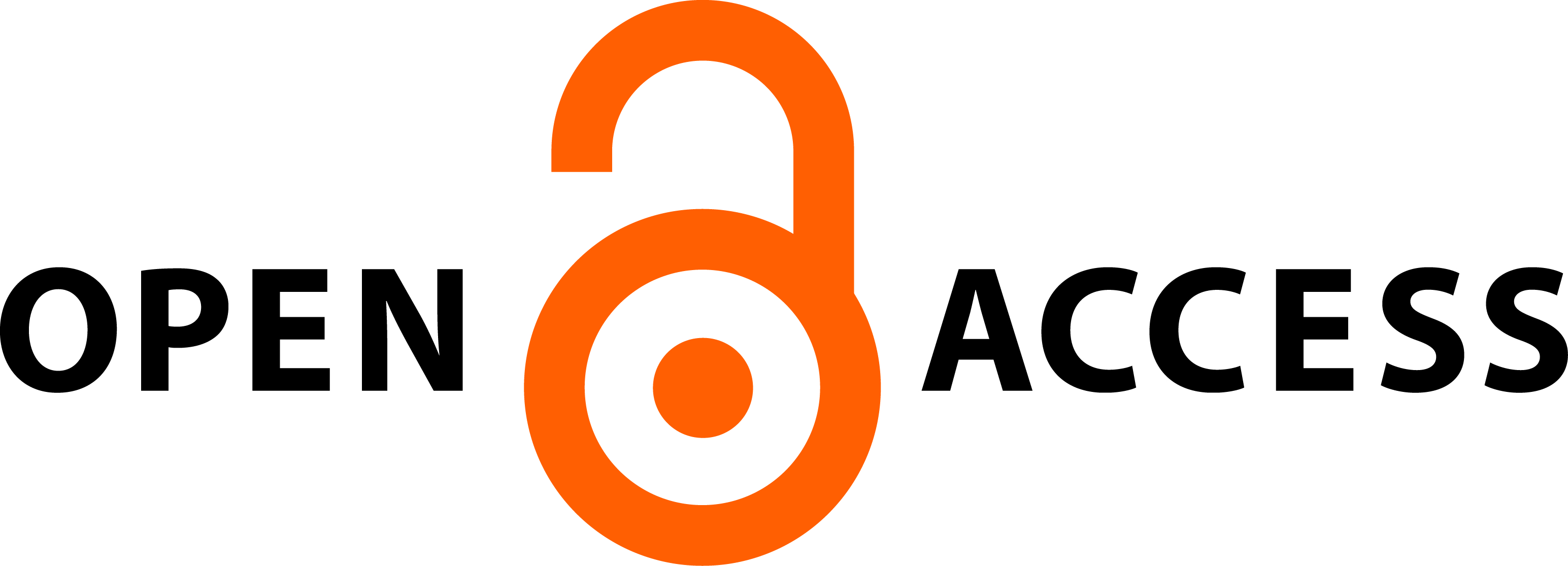TOMAŽ ŠALAMUN ÉS TOLNAI OTTÓ
Absztrakt
Jelen kutatás kiindulópontja a szlovén Tomaž Šalamun egyes verseinek és Tolnai Tomaž Šalamun című versének összevető vizsgálata. A költői dialógus, a válaszeffektus egy parodikus nyelvi-költői játékra alapoz, nyilvánvalóvá teszi a két ironikus világkép rokonságát. Tolnai rájátszik a szlovén költő verseire, elsősorban a Kicsoda ki (1) címűre, azt mondja tovább. Nemcsak a két költői opus közötti poétikai áramkör, hanem nemzedékek, folyóiratok (az újvidéki Új Symposion, a szlovéniai Katalog) közötti kapcsolatok nyomainak kutatási lehetőségei is adottak. 1969-ben az Új Symposion 47. számában egyugyanazon (Mici projektum című) blokk keretében jelent meg Šalamun Kicsoda ki (1) és Tolnai Tomaž Šalamun című verse. Tolnai megválaszolta, továbbírta, parodizálta Šalamun versét, lírai futamát, mely az identitáskeresésből, öndefinícióból, parodikus önmitizálásból indul ki: „te zseni vagy tomaž šalamun”. A demitizálás Šalamunnál is ironikus önmitizáláson keresztül zajlik, az önéletrajz groteszk bohózat kellékévé válik – mindez egy kívülről való, „hideg”, konceptualista önszemlélésben.
Hivatkozások
Csányi Erzsébet. 2010. Lírai szövegmezők. In Vajdasági magyar versterek, kultúraközi kontextusok. 9–18. Újvidék: Vajdasági Tudományos és Művészeti Akadémia.
Csányi Erzsébet. 2016. Tréfa, irónia, blaszfémia: A tréfa nemei Tomaž Šalamun és Tolnai Ottó költészetében. In A Magyar Tannyelvű Tanítóképző Kar 2016-os tudományos konferenciáinak tanulmánygyűjteménye, szerk. Czékus Géza, Borsos Éva. 60–64. Szabadka: Újvidéki Egyetem, Magyar Tannyelvű Tanítóképző Kar.
Havasréti József. 2006. Alternatív regiszterek: A kulturális ellenállás formái a magyar neoavantgárdban. Budapest: Typotex.
Konc József. 1969. Mici projektum. Új Symposion (47): 21.
Thomka Beáta. 1994. Tolnai Ottó. Pozsony: Kalligram.








